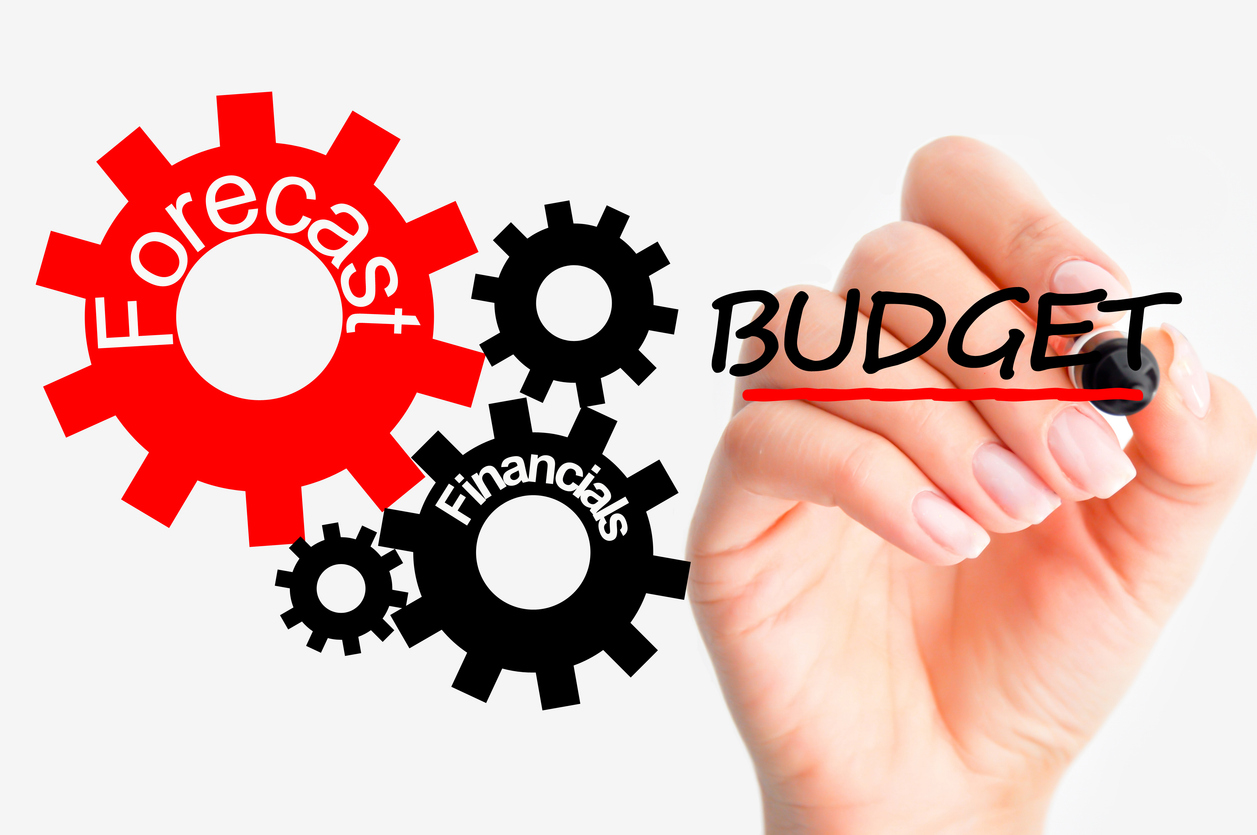Introduction
If your business has just started its new financial year on 1 April 2025, you should have a completed and, if Board approval is required, approved your Business Plan and Budget for the year ahead. No need for panic if you haven’t, it’s not too late!
Here’s what you need to focus on doing:
1. Review the Previous Year’s Financial and Business Performance:
• Analyse profit & loss statements, balance sheets, and cash flow statements.
• Identify strengths, weaknesses, and areas for improvement.
• Assess progress and outcomes against your business objectives and targets for the year.
2. Set Financial Goals & Budgets:
• Define revenue targets, cost management measures, and investment plans.
• Prepare departmental budgets and track variances.
3. Update your Business Plan:
• Align your business objectives with the business performance review and financial projections.
• Adjust strategies based on market trends and business performance.
You should budget across the following areas to build a comprehensive financial strategy and start the new financial year with a complete and up to date picture of your business’s financial health:
• Financial performance over time = Profit & Loss (P&L) Statement.
• Sufficient cash to meet obligations = Cash Flow Statement.
• Expected financial position at a specific point in time = Balance Sheet.
Each statement serves a unique purpose but all three are required to ensure your business’s profitability, liquidity, and long-term financial stability.
It is important to recognise that, having a completed and approved or agreed budget for your business, this budget will typically become “wrong” within 3 – 6 months because markets, costs, and business conditions change. When this budget becomes materially wrong, it is time to then use a Forecast alongside your Budget.
Differences Between Budgets and Forecasts
Here’s a summary on the differences between Budgets and Forecasts:
FEATURE | BUDGET | FORECAST |
| Purpose | Sets financial targets and limits and allows you to allocate resources | Predicts future financial performance |
| Time Frame | Usually covers a financial year | Updated periodically (monthly, quarterly, etc.) |
| Flexibility | Fixed, though may have adjustments | Dynamic, changes based on actual performance |
| Details | Focuses on cost control, resource allocation, and profitability | Provides short-term or long-term financial outlook |
| Use Case | Used for goal setting, decision-making, and performance evaluation | Helps in adapting to market changes and planning forward |
Why Budgets and Forecasts are equally important in your business
Here’s why Budgets and Forecasts are equally important and your business needs both:
1. Budgets Provide a Financial Roadmap:
• Establish clear financial objectives.
• Help control expenses and optimise resource allocation.
• Serve as a benchmark to measure actual performance.
2. Forecasts Enable Adaptability:
• Reflect real-time market changes and economic conditions.
• Help businesses adjust strategies to avoid risks or seize opportunities.
• Improve cash flow management by predicting revenue fluctuations.
Together they improve decision making and help your well-managed business stay financially healthy and competitive in an ever-changing market:
In Summary:
• A budget sets financial goals, while a forecast ensures those goals remain realistic.
• Businesses can compare forecasts with budgets to identify gaps and take corrective actions.
• Using both well helps stakeholders and investors make informed decisions based on expected financial performance.
Give Management Response Limited a call for a free, no obligation discussion to help you get started with your financial planning or refining your existing financial strategies to set your business up for success. We will show you what a good Budget and/or Forecast looks like.


